In our latest post in our series about slargon, we discuss how slang and jargon affect policymaking and legal action on a local level.
In July, San Diego Mayor Kevin Faulconer presented the latest draft Climate Action Plan (CAP) for the City of San Diego. The plan analyzed the City’s energy resources, transportation options, and conservation efforts, and recommended targets for reducing carbon emissions in the future. The CAP has been commended as proactive by local environmental groups.
Nicole Capretz is the lead author and advocate of San Diego’s CAP. She is also the founder of the Climate Action Campaign, a non-profit firm that consults in climate change policymaking. Nicole comes from a legal background of environmental policy and has spent her career fighting miscommunication about climate change on a legislative level. In authoring the San Diego CAP, she understood how important it was to use clear, concise language to make policy transparent and proactive. We spoke to Nicole about her work drafting the CAP and the importance of specific language in policy documents.
______________
How did you get involved in climate change policy in San Diego?
I have been working on environmental policy in San Diego for 15 years and it became clear about 5 years ago that the most urgent issue was stopping climate change and figuring out a way to transition away from dirty fossil fuels to a clean energy economy.
What are some recent projects you have been working on to support climate change policy in the region?
As a driver and lead author of the City of San Diego’s legally binding 100% clean energy Climate Action Plan, I am still deeply committed to ensuring that plan is passed and implemented. I have also formed a new organization, the Climate Action Campaign, to help other cities and the County of San Diego develop similarly meaningful climate plans. I believe that San Diego has the potential to lead and develop models for climate solutions that can be scaled and replicated in the state, nation and even worldwide in other large regional areas.
As the Executive Director of the Climate Action Campaign, how have you seen language in communications shift the perception of anthropogenic climate change?
I have seen a shift move from proving that climate science and climate change are real to now focusing on figuring out how we are going to accelerate the shift to clean energy and the actions we need to take to protect public health and our quality of life from the ravages of a much more hotter and drier region.
You were one of the primary authors of the City of San Diego’s Climate Action Plan. Tell us a little bit about the process of developing that document.
I was Chair of the City’s citizen task force for developing the Climate Plan for 3 years prior to joining the Mayor’s office, and we could not get the political support to move a meaningful plan forward. So, the process stagnated and the plan sat on the shelf. Once I was given the opportunity to be the Environmental Policy Advisor for Todd Gloria during his time in the mayor’s office, I was able to take control of the process and leverage the resources and political will to draft the plan in 6 months. It was an expedited process that required working long hours in the nights and weekends, but City staff and our consultants pulled it off because we knew it was one of the most important planning documents the City has ever developed.
In developing the City of San Diego’s CAP, did you run into challenges?
Yes, there were a lot of internal debates about whether to make the plan legally binding, meaning, are the targets enforceable or are they just aspirational. There was also a lot of internal wrangling over the ambitious bike, walk and public transit goals and the 100% clean energy target by 2035. There were a lot of internal and external meetings with stakeholders, but at the end of the day, it was (former interim Mayor) Todd Gloria’s decision. I am proud to say that he stood behind one of the most ambitious climate plans in the country. I will always give him credit for taking such a bold stand when he could have chosen an alternative path. That is the kind of leadership it will take to protect our future for the next generation.
How much did slang and jargon play a role in your use of the language in the CAP?
I think we did our best to avoid both. Let me know if you think differently. Ha. We obviously worked hard to make the plan accessible to a broad audience so we conveyed the scope and scale of the problem and the matching scope and scale of solutions necessary to protect kids’ futures.
What role do you think language – specifically, slang and jargon that is often used in the media – plays in climate change communication?
I think the language choices of media outlets and how they frame the issue of climate change – especially in the headlines and subheaders – has a huge influence on their core audience. Also, are they posting stories that always include the climate denial position, despite 97% of the scientific community in agreement it is one of the most significant stories in human history, or are they focused on highlighting the enormity of the crisis and our need for urgent solutions? I guess it depends on the political slant of the media outlet, but framing is everything. Two opposing examples would be Fox News and the Guardian newspaper. Fox News is clearly committed to creating doubt about the existence of climate change to support the continued burning of coal, oil and gas to meet our energy needs (Drill, baby, Drill!), while the Guardian has made a commitment to discuss climate change every day in 2015 so as to push decision-makers to take bold action to transition away from dirty energy.
How did you translate statistical targets for reducing carbon emissions into habits and activities people could practice on a daily basis?
I think you focus the discussion on how the solutions to reducing our carbon footprint, such as creating a functioning public transportation system with world-class bike and pedestrian infrastructure and powering our lives with homegrown clean energy resources and zero waste, creates a cleaner, healthier city with a better quality of life. It also positions San Diego to be a world-class city in the 21st century that will continue to attract and retain the best and brightest minds and innovators of the next generation to want to live and raise their family in San Diego.
What is your latest climate change policy project?
We still have to pass the City’s Climate Action Plan, which is pivotal since it is the flagship plan for the region. We are also working with other cities such as La Mesa, Del Mar, Solana Beach and Encinitas, as well as the County, on ensuring they are developing and implementing climate solutions that position them to be a climate leader powered by 100% clean energy.
Do you have any referrals for more information, or any other ideas you can share?
The San Diego Foundation has a wealth of resources and data about climate planning in the region, including communication ideas and polling about how San Diegan’s view the issue of climate change.
We also have this incredible pool of talent and brain power at the Scripps Institute of Oceanography. Scripps Institute pioneered climate science, and it is the famed Keeling Curve developed by Charles Keeling in the 1960’s that first measured the troubling rise of carbon dioxide in the air and continues to be the standard bearer for climate monitoring. Other Scripps scientists such as Richard Sommerville, who was a lead author on the seminal IPCC reports for the United Nations, and Veerabhadran Ramanathan, who advised the Pope on climate science, are influencing climate policy on an international scale. That is stunning and they are based in San Diego! We need to have better communication and collaboration among the scientists and the decision-makers, so we can continue to stay at the forefront of combatting this crisis and leading the way to a clean energy future.

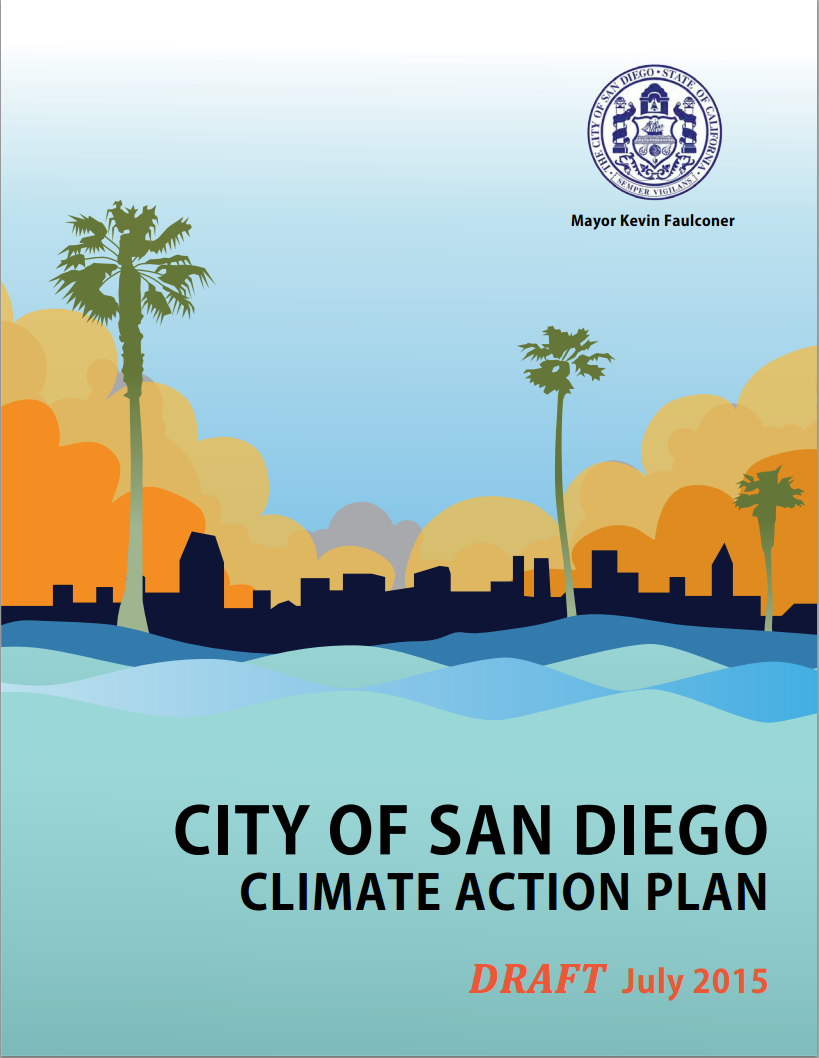
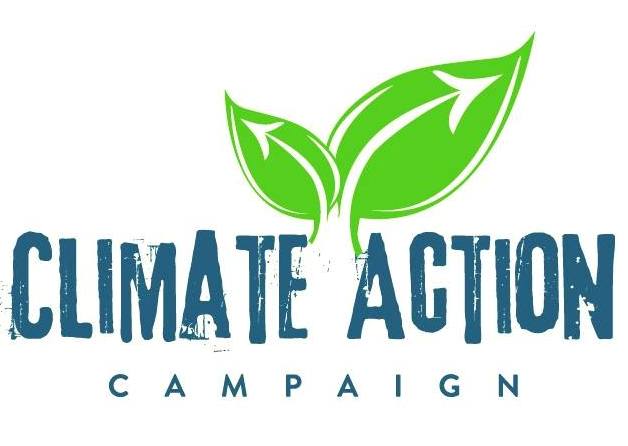
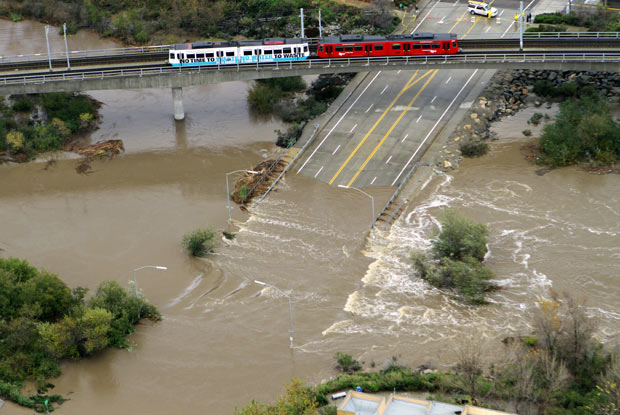
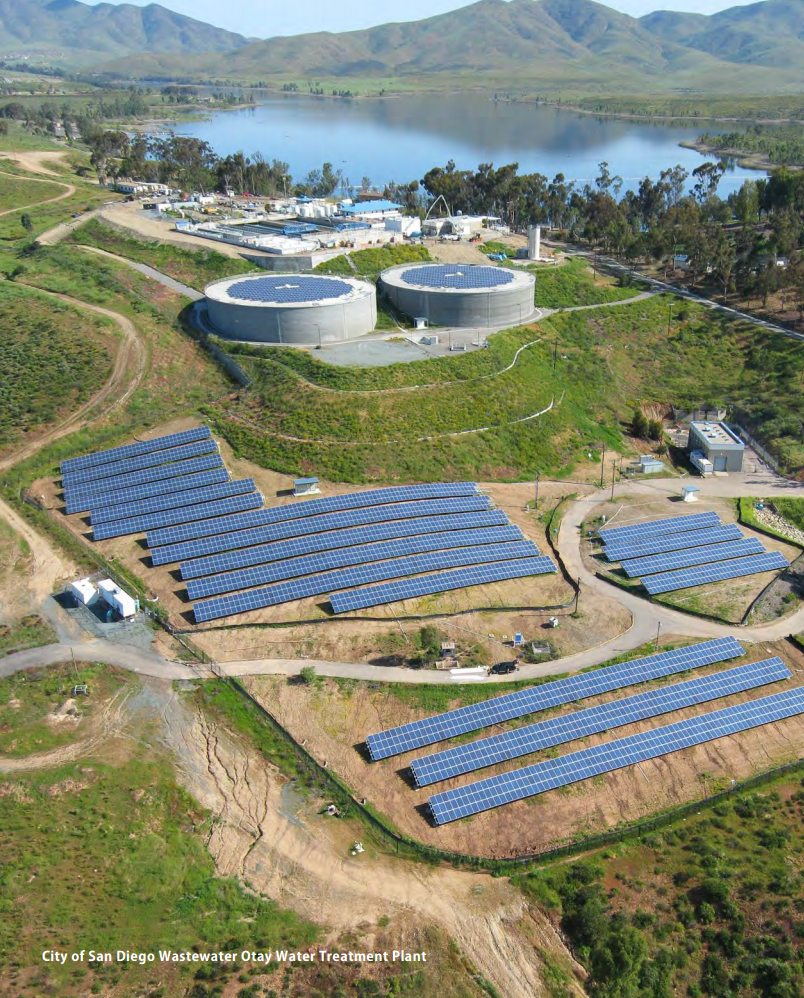
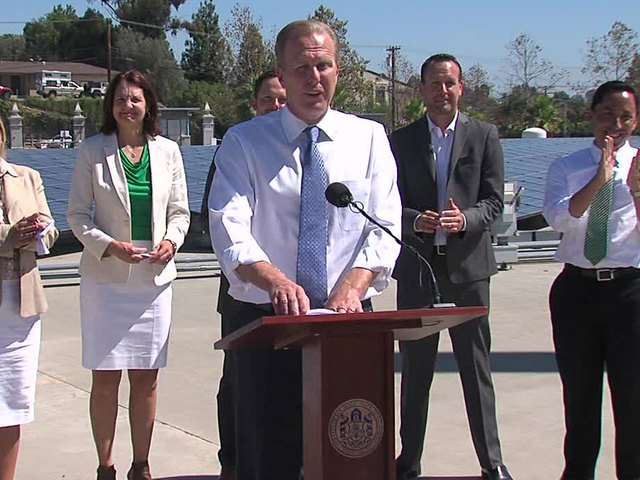
Recent Comments